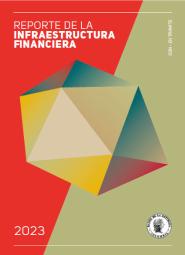Evolution and financial burden of Noncommunicable Diseases in Colombia: 2010-2021
La serie Borradores de Economía es una publicación de la Subgerencia de Estudios Económicos del Banco de la República. Los trabajos son de carácter provisional, las opiniones y posibles errores son responsabilidad exclusiva del autor y sus contenidos no comprometen al Banco de la República ni a su Junta Directiva.
The series Borradores de Economía (Working Papers on Economics) contributes to the dissemination and promotion of the work by researchers from the institution. On multiple occasions, these works have been the result of collaborative work with individuals from other national or international institutions. This series is indexed at Research Papers in Economics (RePEc). The opinions contained in this document are the sole responsibility of the author and do not commit Banco de la República or its Board of Directors.
Abstract
The burden of Non-Communicable Diseases (NCDs) is expected to increase due to the aging of the population and risk factors from unhealthy lifestyle habits. This paper aims to analyze how the evolution of NCDs (e.g., Cancer, Diabetes, Cardiovascular Disease, Chronic Respiratory Disease, and Chronic Kidney Disease) would affect the financial burden of the health sector in Colombia. We characterize NCDs using information from the Individual Registry of Health Services Provision (RIPS) of the Ministry of Health. Also, we calculate the costs of these diseases using data from the Health Tariff Manual (Decree 2423 of December 31, 1996) and the sufficiency base of the Ministry of Health. Results indicate that cardiovascular diseases have the highest medical appointment rate per 100,000 inhabitants. In addition, we find great heterogeneity among regions and that women register the highest appointment rates. As for the costs attributed to these diseases, it is estimated that they will increase about 40% between 2022 and 2030.




















































